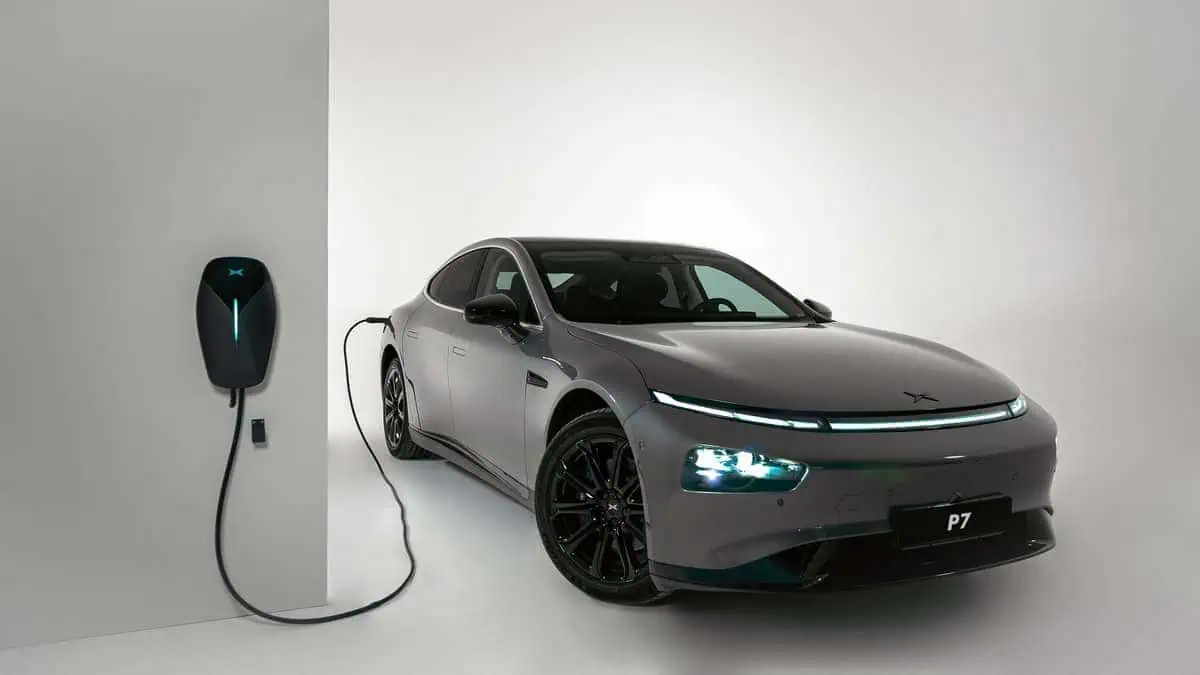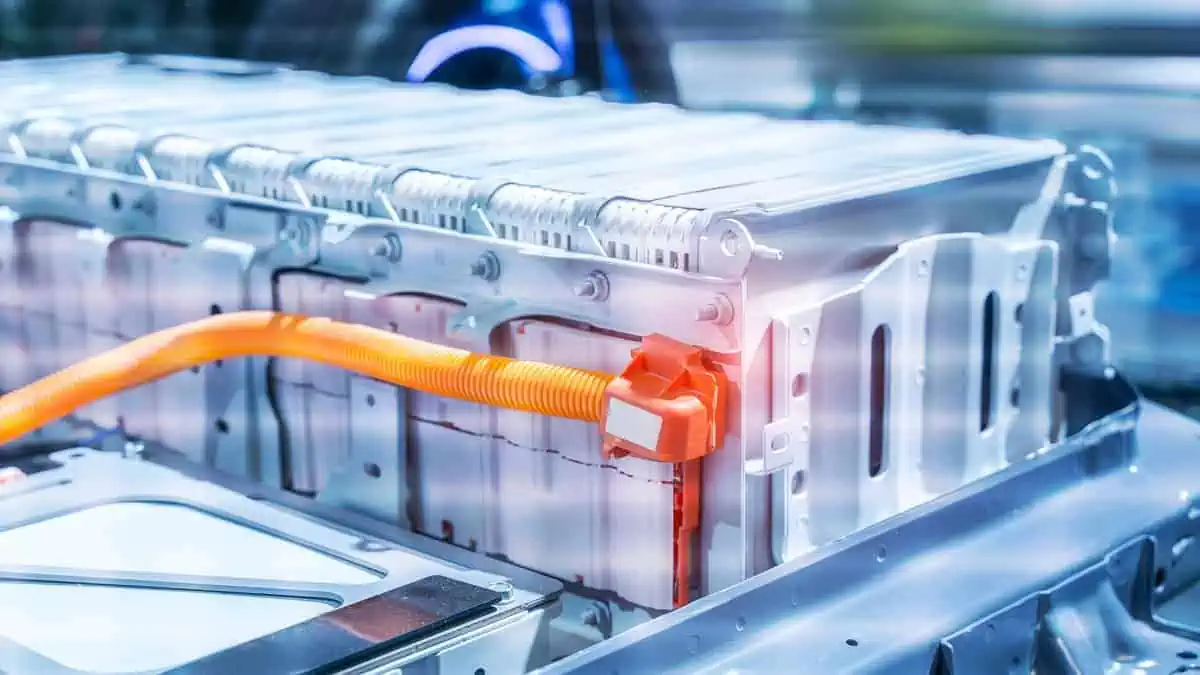Electric vehicles are undoubtedly cleaner than traditional internal combustion engine-powered vehicles. However, according to Bloomberg New Energy Finance‘s blog post, their sustainability level depends on the timing of their recharge cycle.
Daytime charging vs. Nighttime charging
As we already know, an electrical grid that taps renewable energy resources cuts the carbon footprint of electric vehicles charging from it. However, it must also be noted that charging-induced emissions vary depending on numerous factors, such as the time of day electric vehicles charge.
According to BNEF’s “No Doubt About It: EVs Really Are Cleaner Than Gas Cars” blog, an electric vehicle owner in California who charges during daytime hours will generate half as many grams of carbon emissions per kWh as a driver who charges during the night.
Therefore, BNEF projects that the gap between daytime and nighttime charging will further widen by the end of 2030.
Why is the nighttime EV charging rate lower than that of daytime?
As of today, utility companies only incentivize nighttime charging with lower rates as they seek to avoid electricity demand surges during the peak late afternoon and early evening hours.
Considering the significant advantage of daytime charging in cutting electric vehicles’ carbon footprint, utilities may explore the possibility of incentivizing daytime charging during peak renewable hours.
“Utilities currently offer tariffs to encourage overnight charging, but in the future they may get a better “green bang for their buck” by incentivizing charging at peak renewable hours.”
Bloomberg New Energy Finance
The “breakeven point”
In addition, BNEF also indicated in its blog post that the majority of the carbon footprint of electric vehicles comes during their manufacturing phase.
Moreover, it noted that the “breakeven point” where manufacturing-induced emissions are offset by cutting tailpipe emissions from driving is now shorter than before.
The research organization now expects the breakeven point to be approximately 25,000 miles, which equates to around two years of driving with average mileage per year. It must also be noted that it also depends on the energy generation mix for the grid drivers plug into.
BNEF also encourages electric automakers to make the manufacturing process more sustainable by adopting innovative processes, such as recycling batteries.






